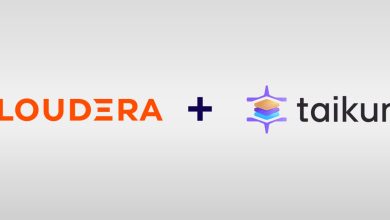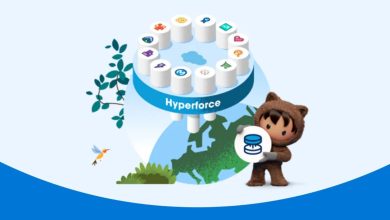
Data is the biggest differentiator in a cutthroat business landscape. While today’s enterprises have access to tremendous amounts of streaming data in motion, too many fail to use it effectively. Modern organisations that want to gain a competitive edge must leverage the growing availability of streaming data and implement real-time streaming analytics, or stream processing, as this will greatly improve their decision intelligence and unlock more business value.
What Is Stream Processing?
Stream processing is as the name suggests. It is a means of processing streams or real-time data that is continuously transmitted, in this case directly to the stream processing software. Examples of streams include data collected by sensors, financial transaction logs and web browser activity logs, and they are important for two reasons. First, they show data in the specific order in which they are obtained. Second, each data element represents an “event”—a change that occurred at an exact moment. These add highly specific details to the data itself, making it more valuable than it is on its own.
Cloudera enables organisations to make sense of data in motion, which is vital now in a time when companies are expected to respond in a fast, expedient manner not only to market forces but also—and more importantly—to customer demands. Cloudera Stream Processing helps in this case by turning streams into data products and analysing them in real-time for complex patterns and then using the results to form actionable data-driven intel.
Stream Processing Use-Cases
Data streams are everywhere, and this means there are stream processing use-cases in practically every industry. Five of the most notable are as follows:
- Enabling real-time hyper-personalisation. In this era of e-commerce, winning over user attention is half the battle won, and the key is providing a relevant and personalised user experience. And with these same customers interacting digitally, organisations have more than enough data for personalisation. But it needs to happen in real-time—ideally during the interaction itself. Stream processing makes this possible by aggregating all related and relevant data and then creating a complete profile of the said customer.
- Spotting fraud and stopping it. Industries collectively lose trillions of dollars in revenue annually due to fraud, and it is only getting worse. The good news is that stream processing can minimise cases of fraud by processing and analysing real-time streams of financial records, recognising patterns, uncovering suspicious transactions and creating predictive alerts for possible fraud.
- Monitoring the stock market. Players in the stock market are like all other customers: Discerning and demanding. This means they want, among other things, real-time reporting and faster SLA requirements, and expect transactional queries to be addressed immediately. There is, therefore, a need to analyse petabytes of data in real-time if these expectations are to be met. Stream processing can do this to deliver real-time data analytics and meet customer demands quickly.
- Providing healthcare and humanitarian services. While wearable health devices largely leverage edge analytics, they can also be ported to stream processing software for real-time monitoring and analysis by healthcare and humanitarian service providers. Data from these wearables combined with data from other sources will then enable key decision-makers to craft informed courses of action in the event of a medical emergency.
- Modernising log analytics. Log analytics is increasingly important as it helps organisations ensure optimal and secure operations of all apps and IT tools. But implementing an effective log collection process can be a challenge for IT teams, as is the actual analysis of all recorded logs. Stream processing helps in both cases, and it can also scale log processing and deliver real-time insights.
Cloudera Stream Processing Is the Obvious Choice
Regardless of the industry in which an organisation belongs, chances are it will find stream processing useful—and valuable, especially in use-cases where time is of the essence. But it is critical that the right solution is deployed if an organisation wants to maximise its benefits. Cloudera Stream Processing is that solution, combining the storage streaming substrate of Kafka with the in-stream processing engine of Flink. It is complete, enterprise-grade stream management and stateful processing solution that can drive business outcomes for any organisation that uses it.
Click HERE to find out more about Cloudera Stream Processing and to see a demo.





